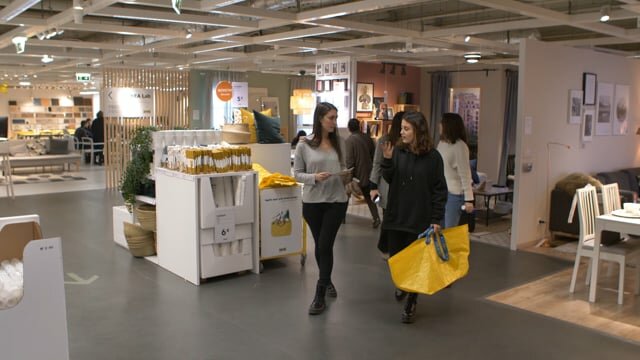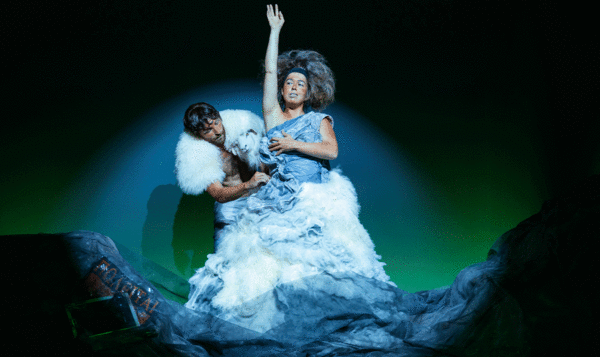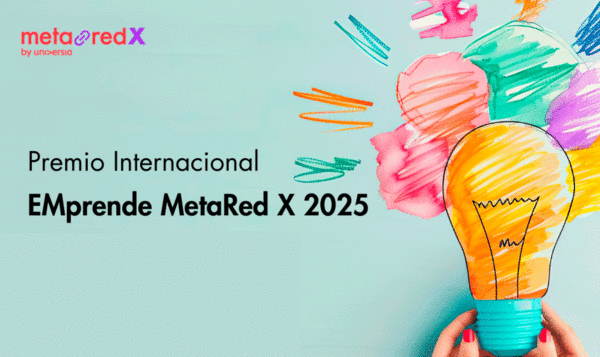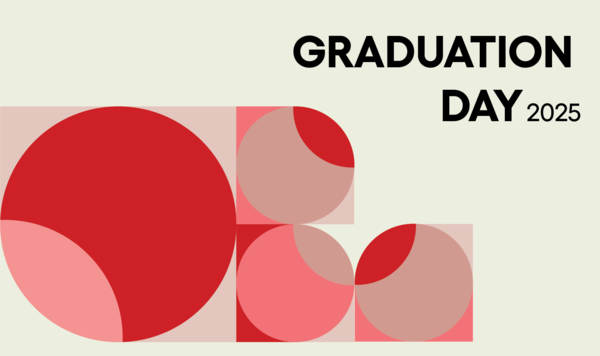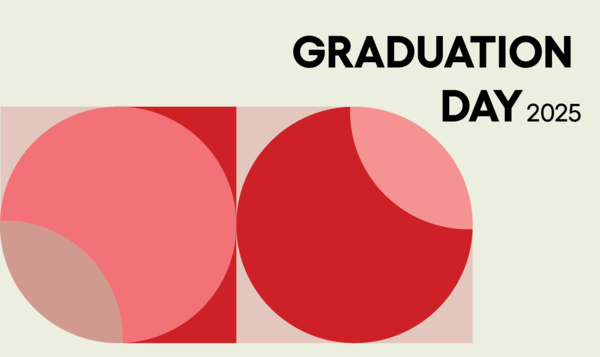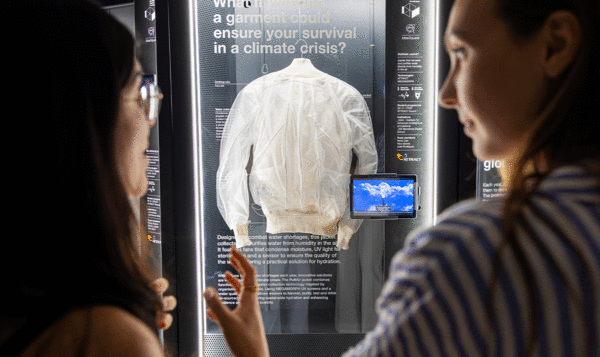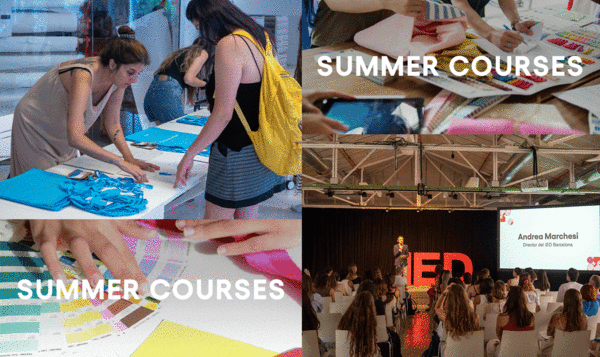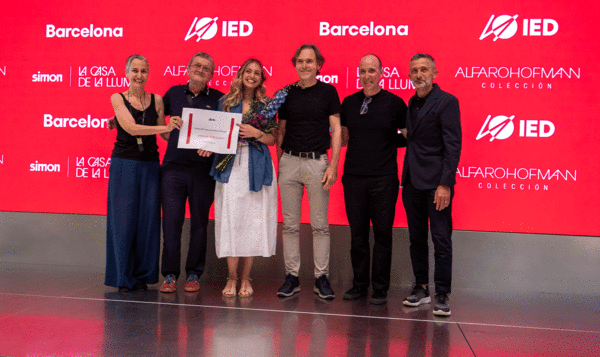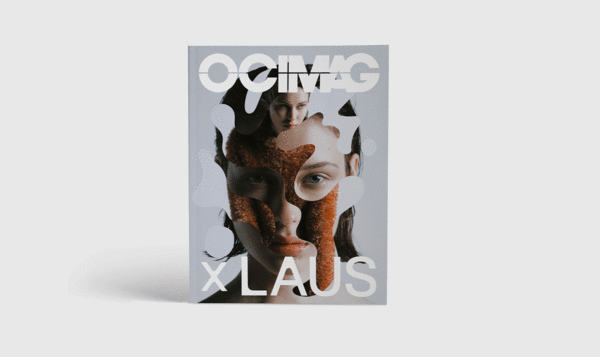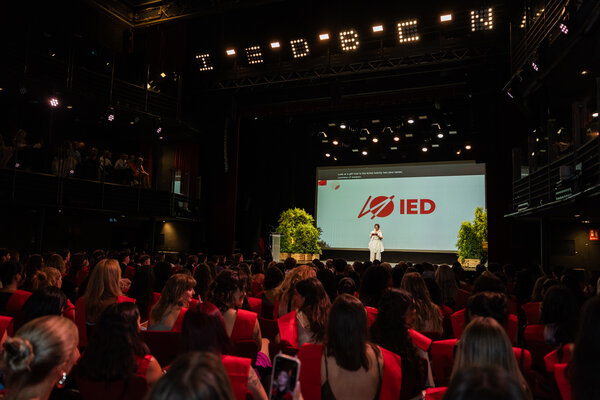The project questions the role of design in the construction of society and reflects on the cultural, economic and political implications of the discipline.
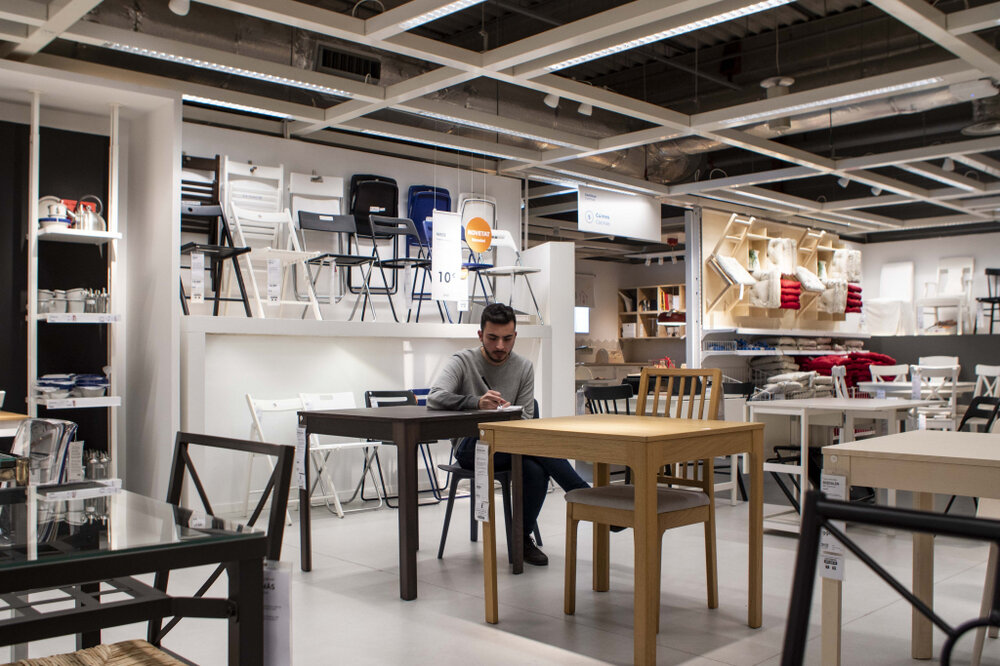
Designing for the many
Date
01 July 2019
As part of the IED Master Barcelona School's courses, Designing for the many is an educational innovation project created with the aim of investigating the capacity, strategies and repercussions of design in the construction of our society, questioning cultural, productive, economic and political aspects of it.
"We wanted to create a project for all the students, which we set as a challenge," explains Marina Ojan, director of the IED Master at IED Barcelona. "The intention was to invite the students to reflect on design, including the majority of people and their needs," she continues.
A multidisciplinary project involving 100 students, a company and a common challenge. Throughout the year, the students have shared their points of view and, based on the knowledge acquired in the different disciplines of the school, they have sought solutions for a company, in this case: IKEA.
PhD. Irma Arribas, coordinator and curator of the project, explains how it came about: "We understand designing as an action where research skills are necessary. Designing is in itself a research mechanism that requires a habit for it. Normally design is understood for its capacity to generate answers, solutions, but the true capacity of design lies in the potential of the questions that it is capable of triggering while projecting or designing. With D4TM we wanted to go one step further and work with design as a mechanism, a habit, an action for research".
Through interdisciplinary groups, and through the use of creative and experimental practices, we have worked under research registers that are not only theoretical but also practical, linked to productivist, critical or speculative design proposals.
"The students received a theoretical context of analysis and thought that challenged and provoked them enough to ask themselves questions. The action of designing through the proposed exercises was the mechanism the students used to generate, explore and discover, but also to project possible ideas on the chosen themes," Arribas continues.
For the occasion, the students asked themselves: What does the term "democracy" mean today, who are the manys, what futures are drawn in the design?
"The students had to get out of their comfort zone through multidisciplinary teams at specific moments and get into the action of participating together with design dynamics that required no prior preparation. This question of acting from the very first moment has a great advantage: you give free rein to the creative impulse and creative actions" - says Arribas.
IKEA is known for its democratic approach to design, giving people a concrete perspective on how homes should look today. But, beyond form, functionality or quality, other questions related to our habitat arise: What happens to our environment? What impact does this democratisation have on our planet? The low price of its products, for example, also plays an important role. At the cost of what?
"It is a very rich concept to reflect, as an educational institution, on what design is and what it is to design, thus constantly revisiting these concepts. D4TM aims to create an infrastructure that, with the action of the students, allows us to close the circle and conclude with issues of social relevance," Arribas adds.
The students reflected on collaborative ways of working and the processes that allow them to think about the collaborative structure and design processes of the company, in terms of its products, spaces or communication strategies. They also questioned the relationship between these agents, these manys from multiple points of view, in order to offer ideas, resources or strategies. For this, creativity and design made it possible to visualise and communicate, as well as to investigate and seek opportunities within a democratic vision that, this time, affects the fields of ideas and production.
All the results of the projects were published on a website created for the occasion to serve as an open source for the company. "We can collaborate with any actor or situation to work together on a new way of looking at the role of design. It is an open programme with very specific methodologies," Irma explains.
In future editions, the project will continue to develop with other companies, seeking synergies that will open up new horizons based on design. "We hope that the project will continue to grow, it is an important commitment for the Master's area and we value the fact that it is a project of reflection for the students, which provides a new way of thinking and facing the problems that they may have in their future projects" - concludes Marina Ojan.
Author: Albert Elias Vallcorba
